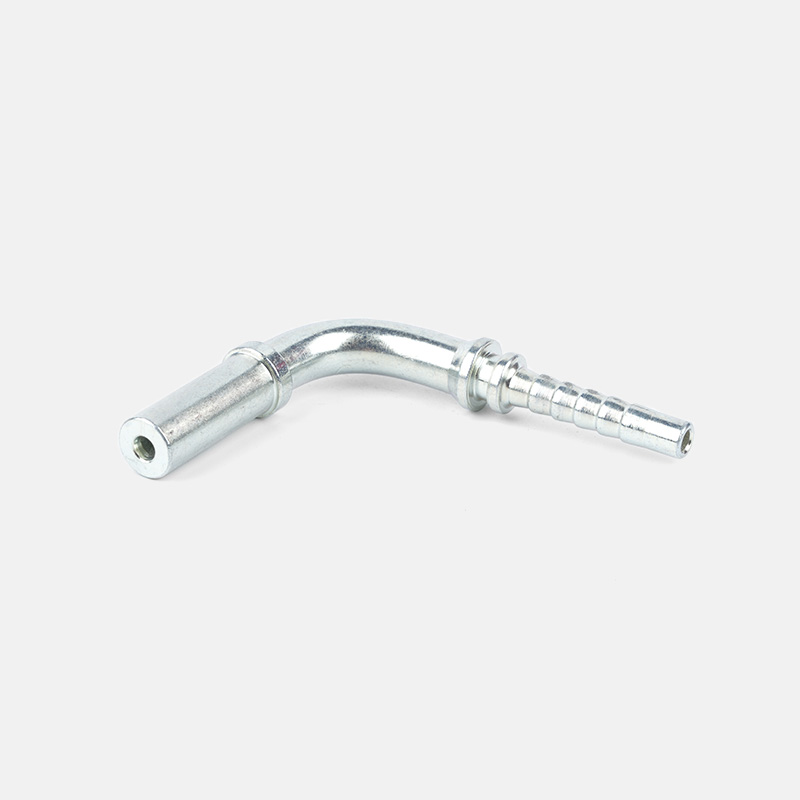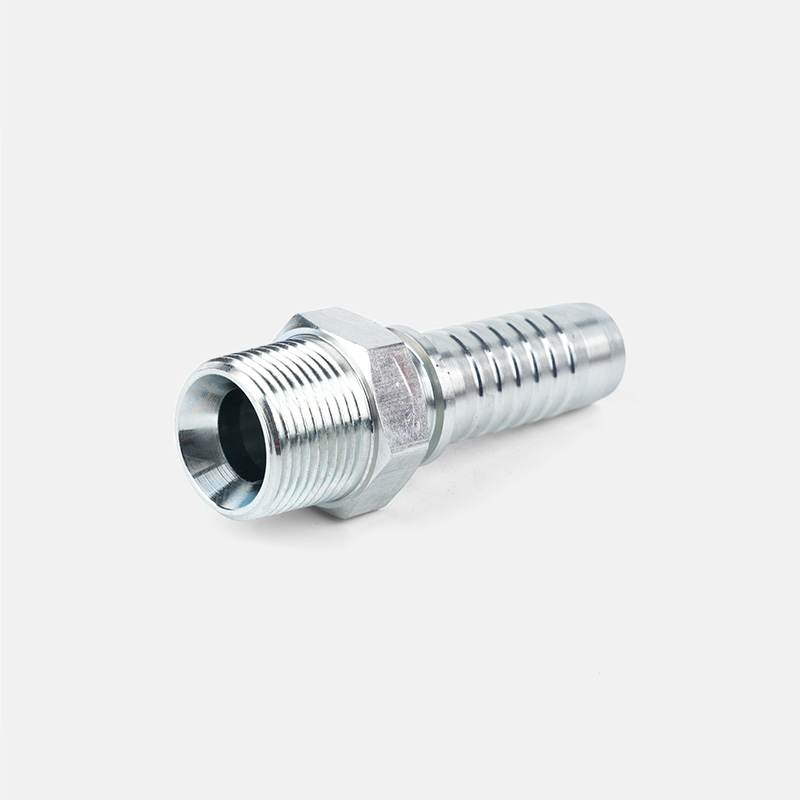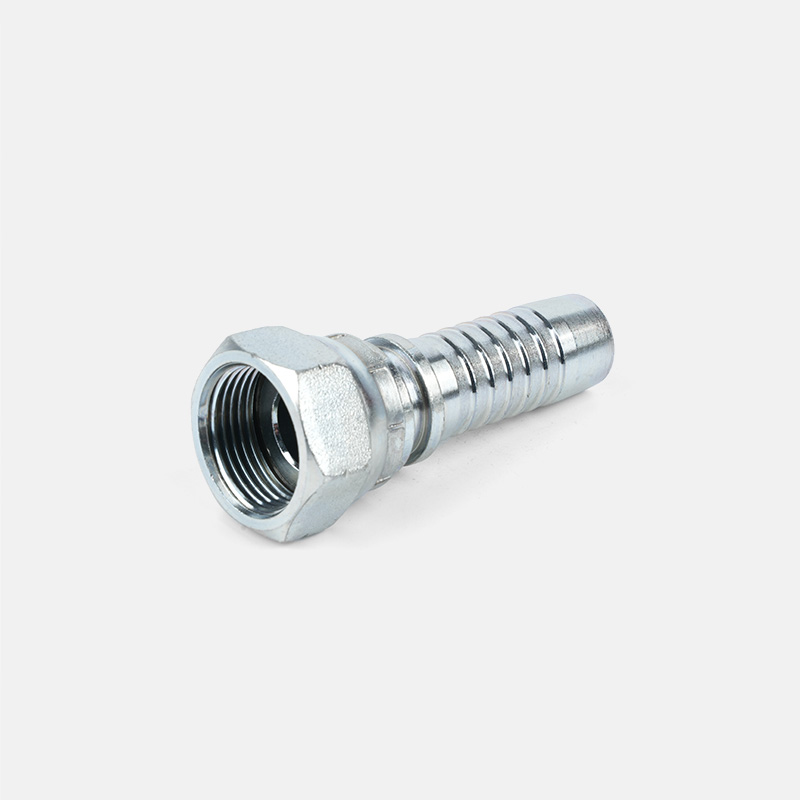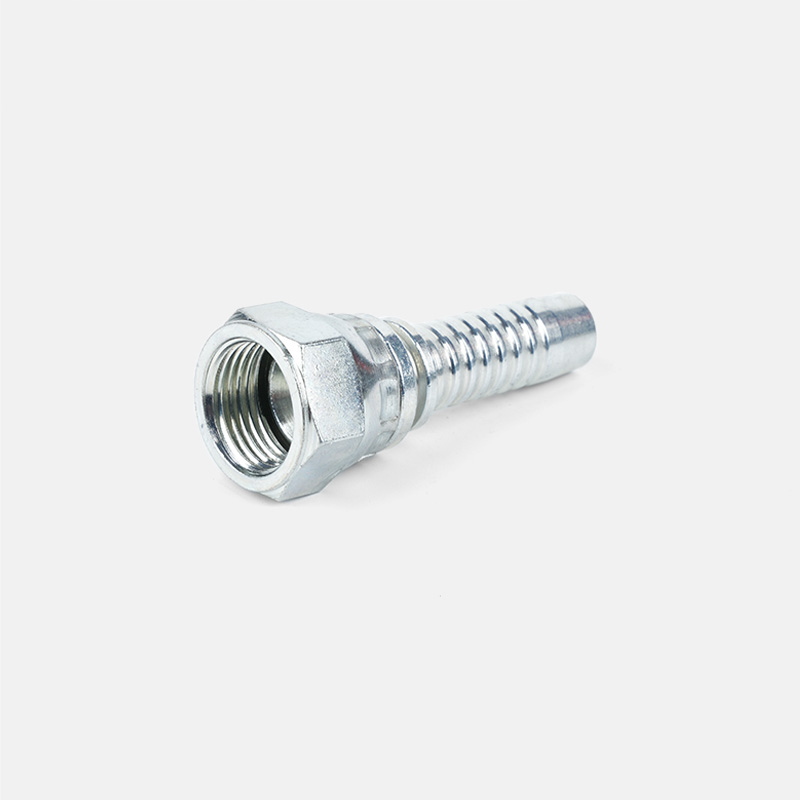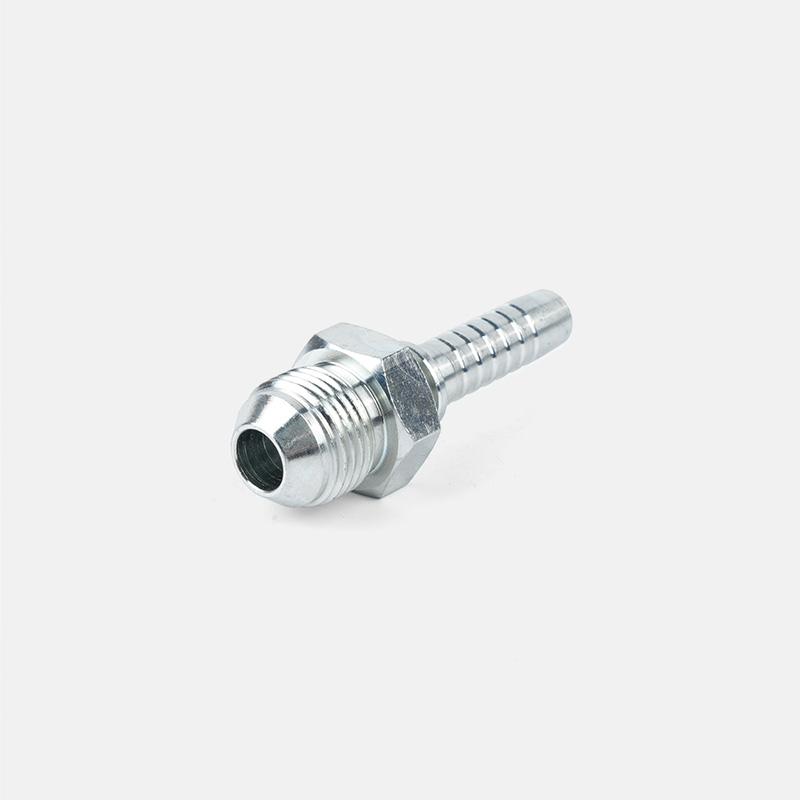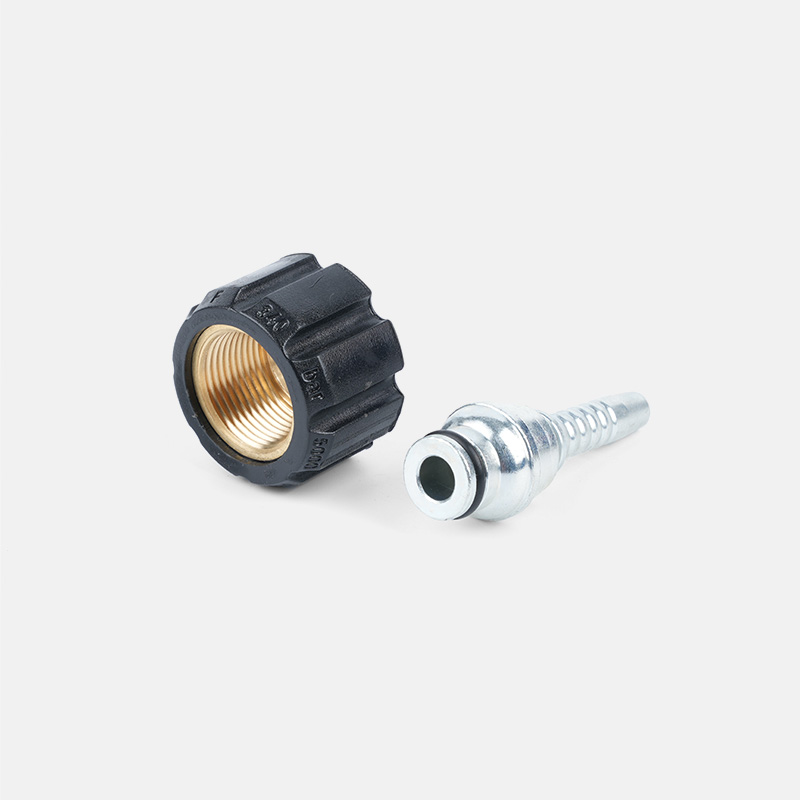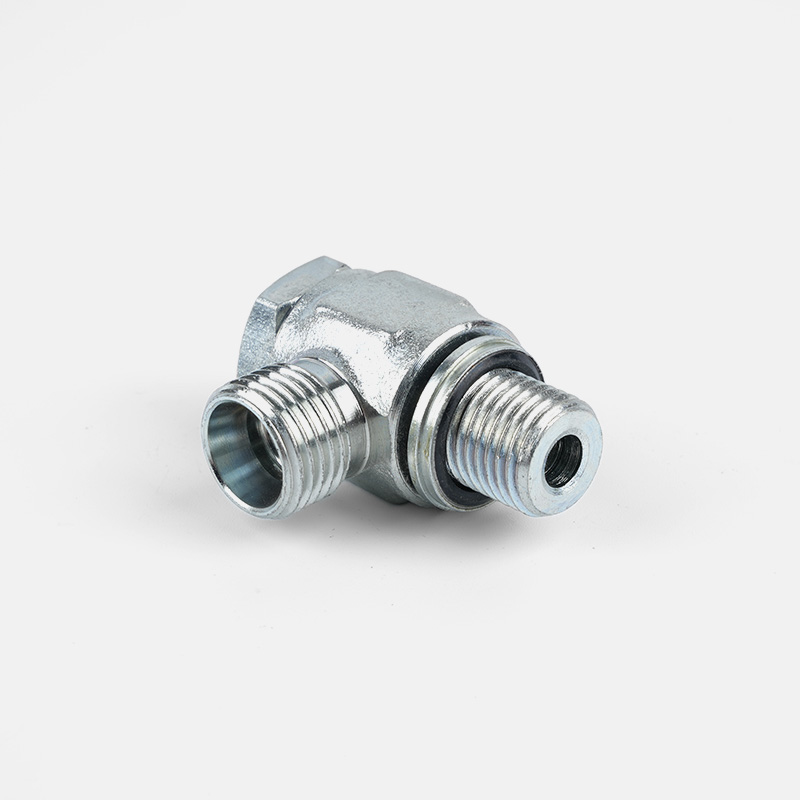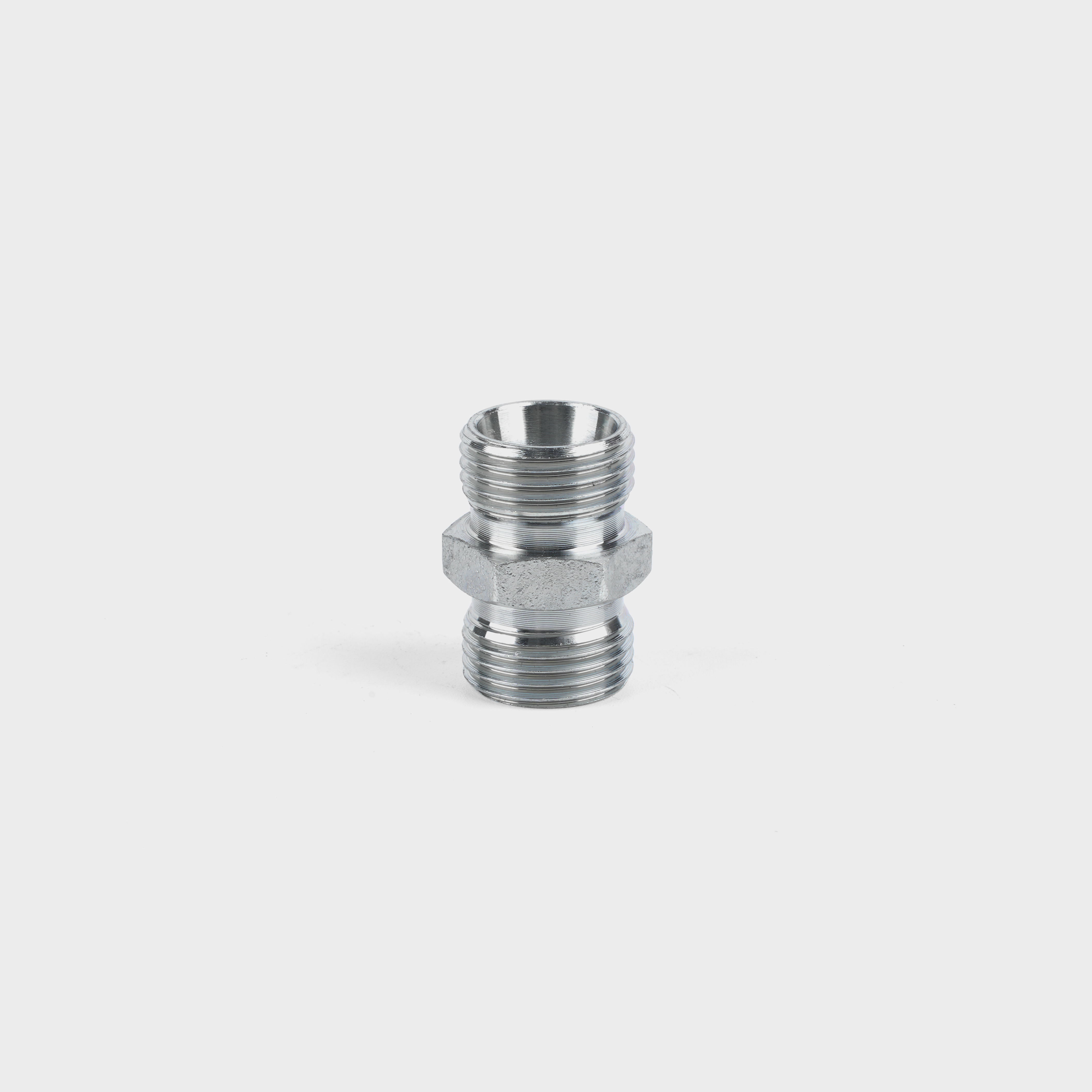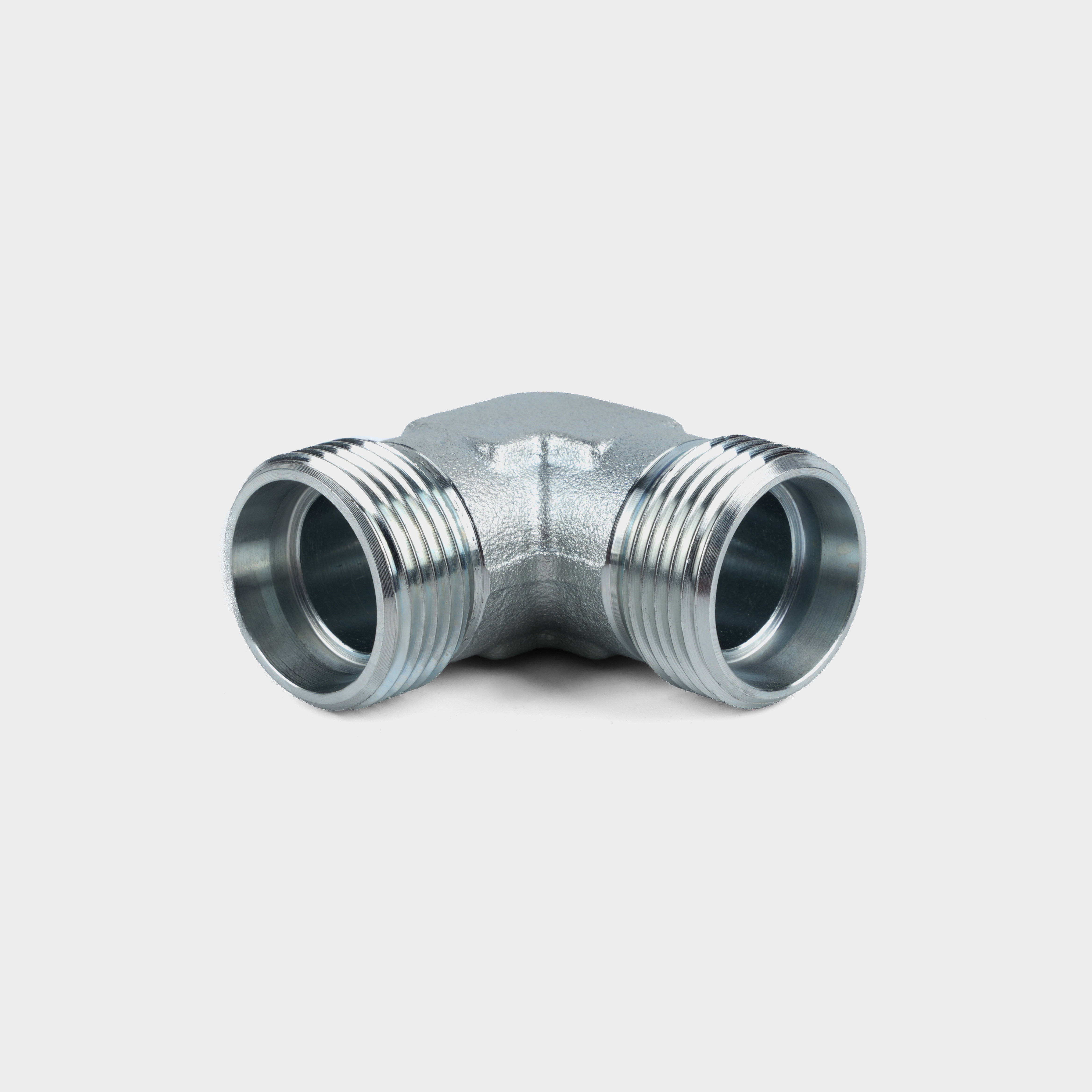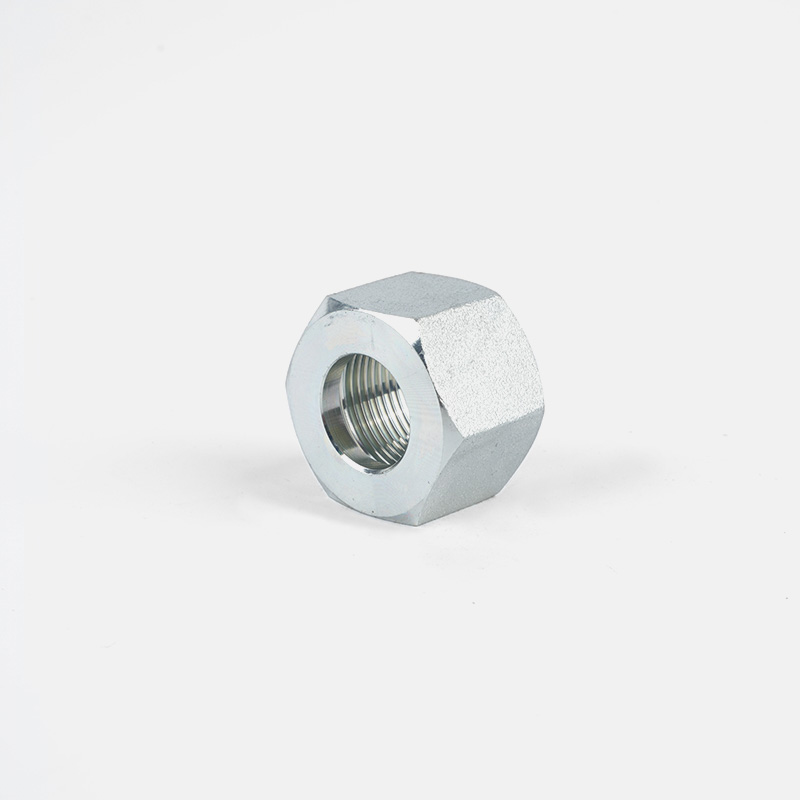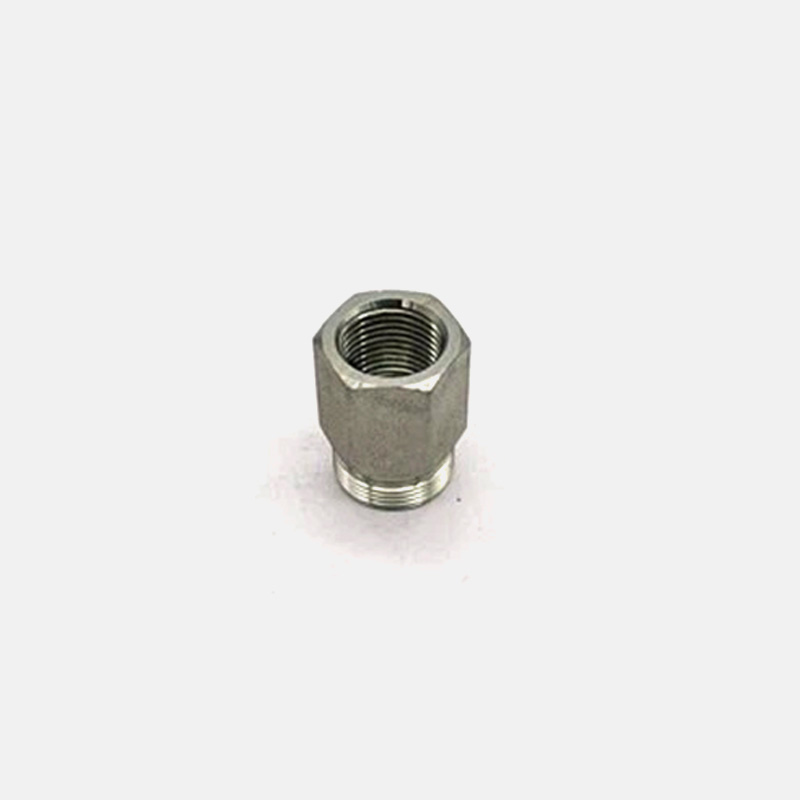Language
ENGWhat Are the Key Benefits of Using Hydraulic SAE Flanges in Fluid Systems?
 2025.10.27
2025.10.27
 industy news
industy news
Hydraulic SAE flanges are critical components in the fluid system industry, providing efficient, secure, and durable connections for hydraulic lines. Their use can be found across various sectors, including automotive, aerospace, manufacturing, and oil & gas industries.
1. Leak-Free and Secure Connections
High-Pressure Sealing
In hydraulic systems, the ability to maintain a reliable, leak-free connection is crucial, especially in high-pressure environments where fluids can be transported at extreme pressures. Hydraulic SAE flanges provide a robust and effective sealing solution, often incorporating O-rings, gaskets, or other sealing materials between the flange surfaces. This design ensures that the joint between the connected components remains tight, even under fluctuating system pressures.
The ability to withstand high pressures is a key advantage, particularly in systems where fluid loss can lead to significant operational issues, system downtime, or even safety hazards. SAE flanges are specifically engineered to endure these conditions, offering a high level of reliability and reducing the risk of dangerous leaks.
Reliable Performance
The robust design of SAE flanges ensures consistent performance over the lifetime of the system. When properly installed, the tight seal prevents not only leaks but also minimizes the chances of fluid contamination, which can adversely affect system components like pumps, valves, and cylinders. This long-lasting seal ensures the fluid remains clean, improving overall system performance.
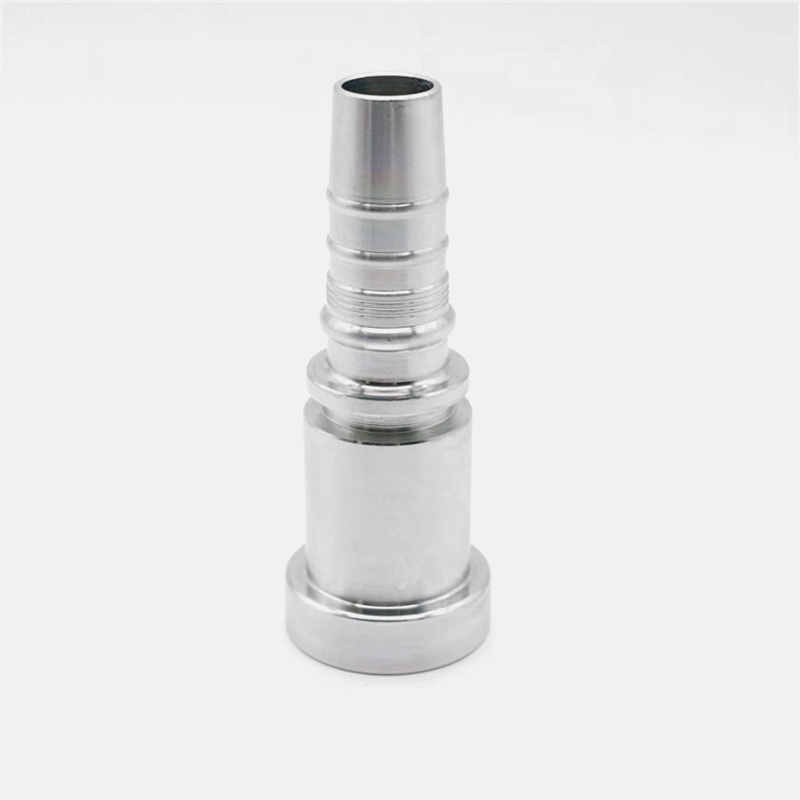
Key Takeaways:
- Leak-proof design: Prevents the loss of expensive hydraulic fluid.
- Reliable sealing under high-pressure conditions: Ensures secure connections without failure.
2. Improved Durability and Longevity
High Strength Materials
Hydraulic SAE flanges are made from high-quality materials that are resistant to corrosion, wear, and tear. Common materials used in SAE flanges include carbon steel, stainless steel, and alloy-based metals. These materials are specifically chosen for their ability to withstand harsh environmental conditions, including exposure to moisture, chemicals, and extreme temperatures.
For example, stainless steel SAE flanges offer excellent resistance to corrosion, which is especially beneficial in systems that operate in humid or chemically aggressive environments. The robust material choice ensures that the flanges will maintain their structural integrity and function over extended periods, even in harsh conditions.
Resistance to Wear and Fatigue
In hydraulic systems, the constant movement and pressure fluctuations can cause components to wear out over time. SAE flanges, however, are engineered to minimize wear and fatigue. The metal-to-metal contact and tight seal design distribute the mechanical stresses evenly, preventing localized failures. This durability is particularly crucial in high-vibration environments, where other types of connections may loosen or degrade prematurely.
Key Takeaways:
- Longer lifespan: High-strength materials ensure SAE flanges endure longer periods of use without failure.
- High resistance to environmental factors: Helps maintain the system’s integrity in harsh conditions.
3. Ease of Installation and Maintenance
Simple Assembly
One of the primary reasons SAE flanges are favored in hydraulic systems is their ease of installation. Unlike welded joints or threaded connections, which require specialized tools and expertise, flanged connections are fastened with bolts, making the process relatively simple and quick. This significantly reduces installation time, which can be especially important in large-scale systems where time is a critical factor.
Quick Disassembly
In addition to easy installation, SAE flanges are also easily disassembled. This is particularly advantageous when performing maintenance or repairs. When a flange is bolted onto a system, it can be detached without causing damage to the surrounding components. This ease of disassembly enables rapid troubleshooting, replacement of damaged parts, and even system upgrades, thus minimizing downtime.
Key Takeaways:
- Simplified installation process: Fastens with bolts, reducing time and labor.
- Ease of disassembly: Enables quick maintenance and system modifications.
4. Flexibility and Versatility
Multiple Sizes and Configurations
Hydraulic SAE flanges are available in a wide variety of sizes, pressure ratings, and materials, making them adaptable for different types of hydraulic systems. Whether you’re dealing with a compact system or a large-scale industrial setup, there’s likely an SAE flange that suits your needs. The standardization of SAE flanges also ensures compatibility across a wide range of hydraulic components.
Compatibility with Various Fittings
One of the standout features of SAE flanges is their versatility in connecting with other hydraulic fittings, such as pipes, hoses, and valves. This flexibility makes them ideal for use in systems where custom connections are required. The flanges can easily be paired with adapters or reducers to accommodate different types of hydraulic components, enabling a higher level of customization and ease of system design.
Key Takeaways:
- Variety of options: Available in different sizes and configurations to suit various applications.
- Compatibility with other components: Can be integrated with other fittings for customized hydraulic systems.
5. Cost-Effective Solution
Lower Initial and Long-Term Costs
While hydraulic SAE flanges may have a slightly higher initial cost compared to other fittings, they often prove to be more cost-effective in the long term. Their durability, combined with the minimal maintenance required, reduces the frequency of replacements and the need for system repairs. In addition, the prevention of leaks and the optimized flow efficiency minimize the loss of valuable hydraulic fluid, further contributing to long-term savings.
Reduced Downtime
SAE flanges also help in minimizing system downtime. Since they are designed for long-lasting performance with minimal issues, they reduce the chances of unexpected failures. In industries where production time is critical, this can translate to significant cost savings and productivity improvements.
Key Takeaways:
- Long-term cost savings: Durable construction and low maintenance reduce overall operational costs.
- Reduced downtime: Less frequent need for repairs and maintenance, ensuring continuous operation.
6. Enhanced Safety
Prevention of Hazardous Fluid Leaks
In hydraulic systems, fluid leaks can pose significant safety risks, especially when dealing with high-pressure systems or hazardous chemicals. SAE flanges are designed to prevent such leaks, ensuring that the hydraulic fluid remains contained within the system. This reduces the risk of harmful fluid exposure to workers and prevents the possibility of environmental contamination.
Reduced Risk of Contamination
SAE flanges also help prevent external contaminants from entering the system. The high-quality seals and tight fit ensure that the hydraulic fluid remains clean and free from dirt, debris, or other contaminants. This is crucial for maintaining the integrity of the system’s components, such as pumps and valves, and avoiding performance degradation over time.
Key Takeaways:
- Improved safety: Minimizes the risk of fluid leaks and environmental contamination.
- Maintains system cleanliness: Prevents contamination that could damage internal components.
7. Improved Flow Efficiency
Minimal Pressure Drop
SAE flanges are designed with smooth interior surfaces that help maintain optimal fluid flow. Unlike threaded connections, which can cause turbulence and increase pressure drop, flanged connections ensure a more streamlined flow path. This is particularly important in systems where consistent pressure and flow rates are required.
Optimized Fluid Flow
By reducing friction and pressure loss, SAE flanges allow hydraulic systems to operate more efficiently, improving overall system performance. With optimized fluid flow, the hydraulic system can function at its best, reducing energy consumption and improving operational outcomes.
Key Takeaways:
- Efficient flow path: Minimizes pressure drop and turbulence.
- Improved system performance: Ensures better energy efficiency and operational outcomes.
8. Corrosion Resistance
Durability in Harsh Environments
Hydraulic SAE flanges are often made from corrosion-resistant materials, such as stainless steel, which ensures that they perform well even in environments with high humidity or exposure to aggressive chemicals. This resistance to corrosion extends the life of the flanges and the system as a whole, providing better value over time.
9. Compliance with Industry Standards
Hydraulic SAE flanges are manufactured according to strict SAE (Society of Automotive Engineers) specifications. This ensures that they meet the required standards for quality, performance, and safety. Compliance with these standards makes SAE flanges a reliable choice for industries that require high-quality hydraulic systems, such as aerospace and automotive manufacturing.


